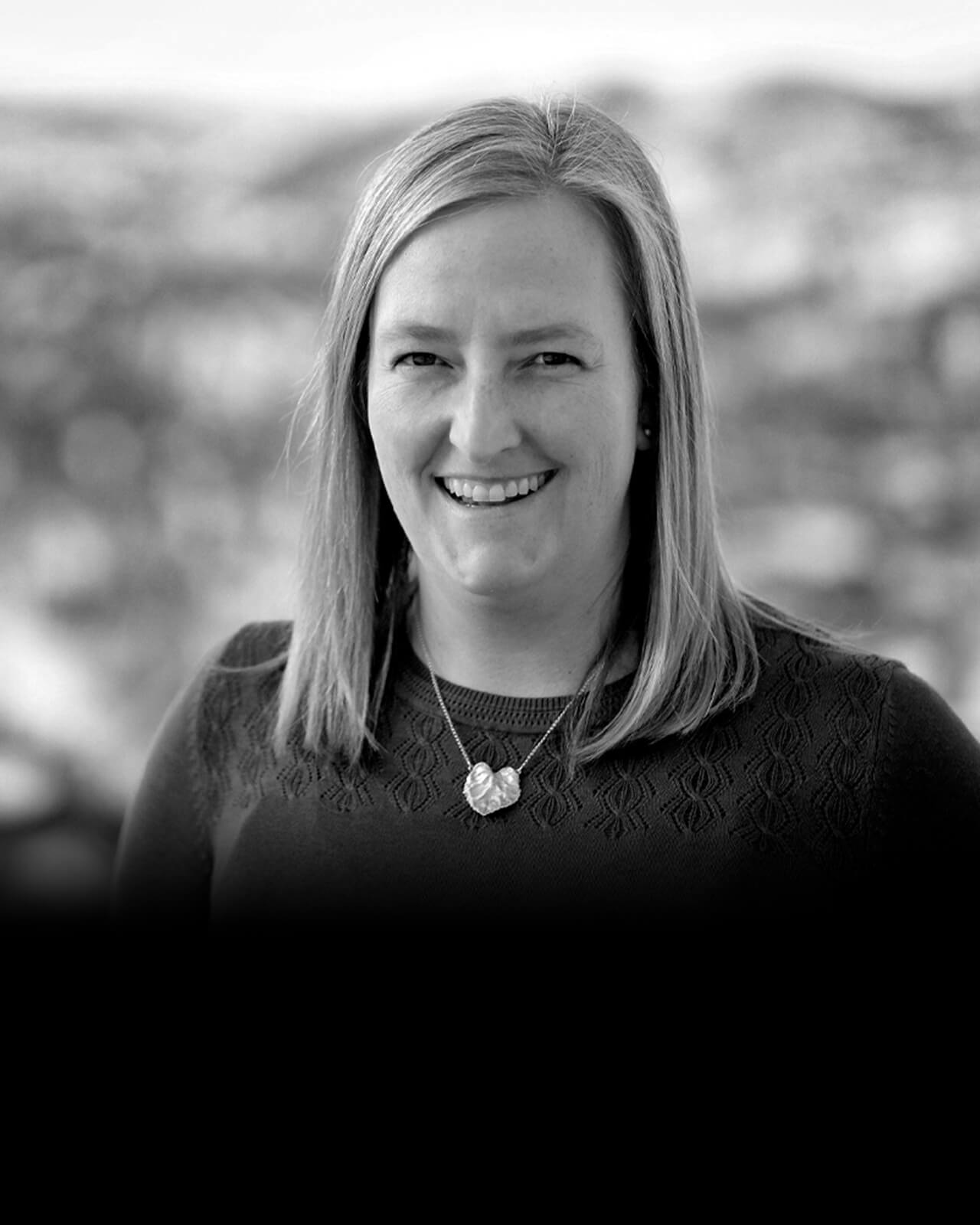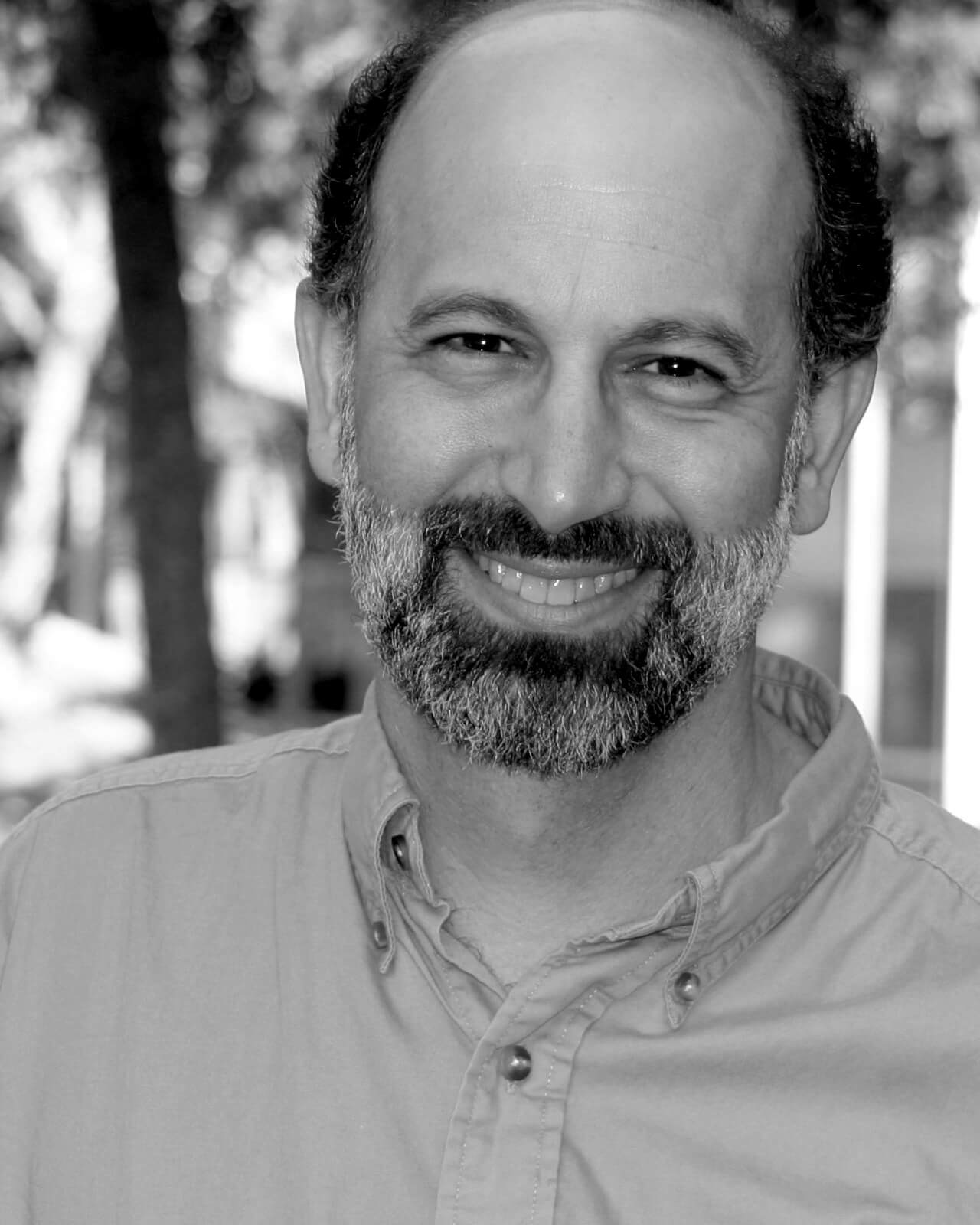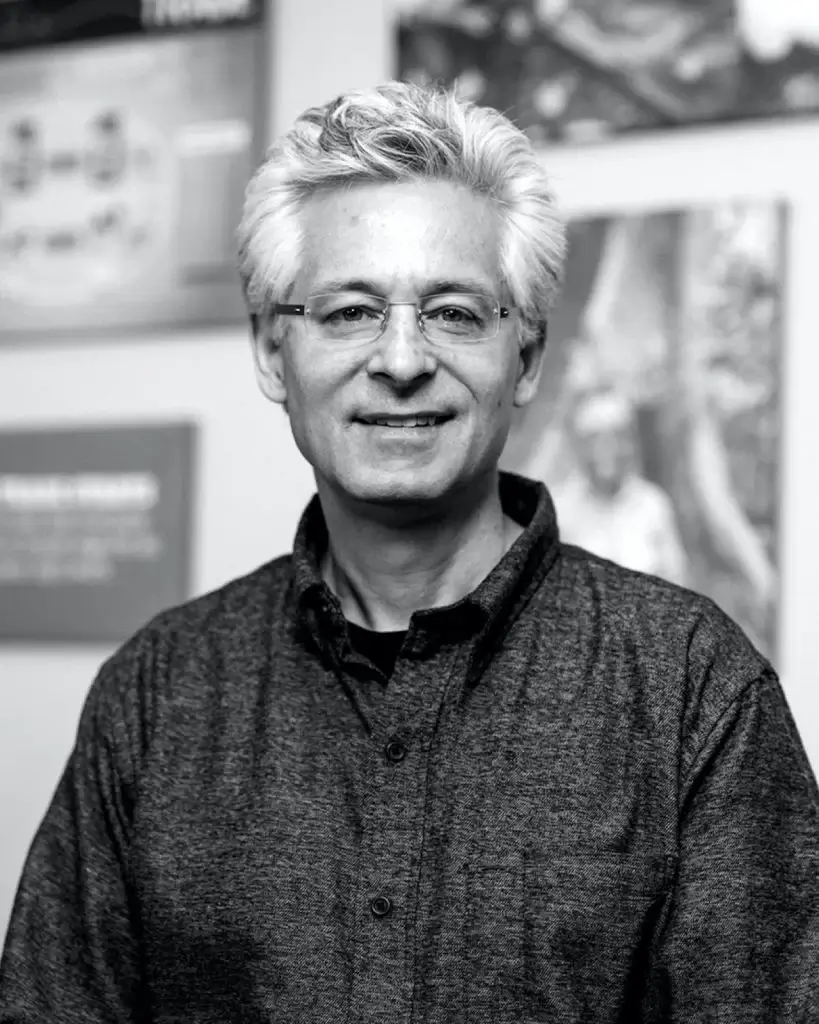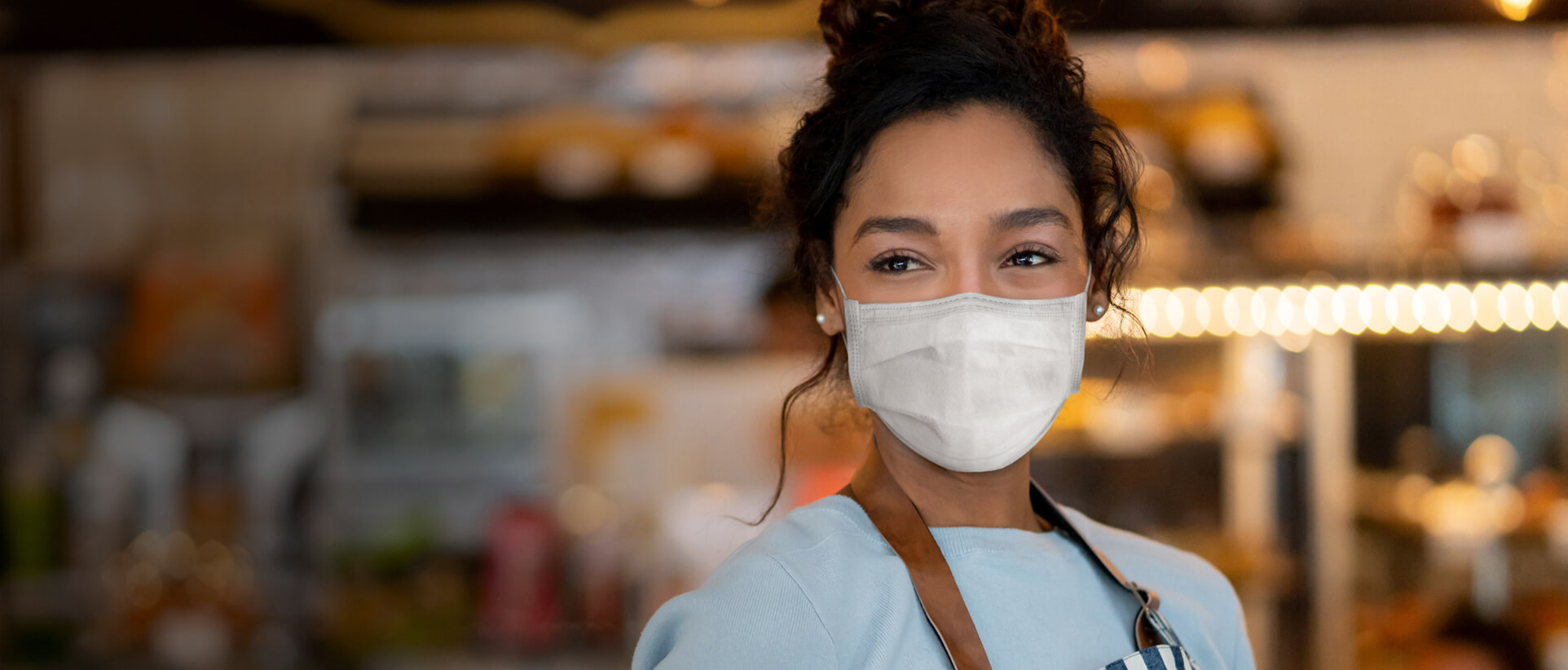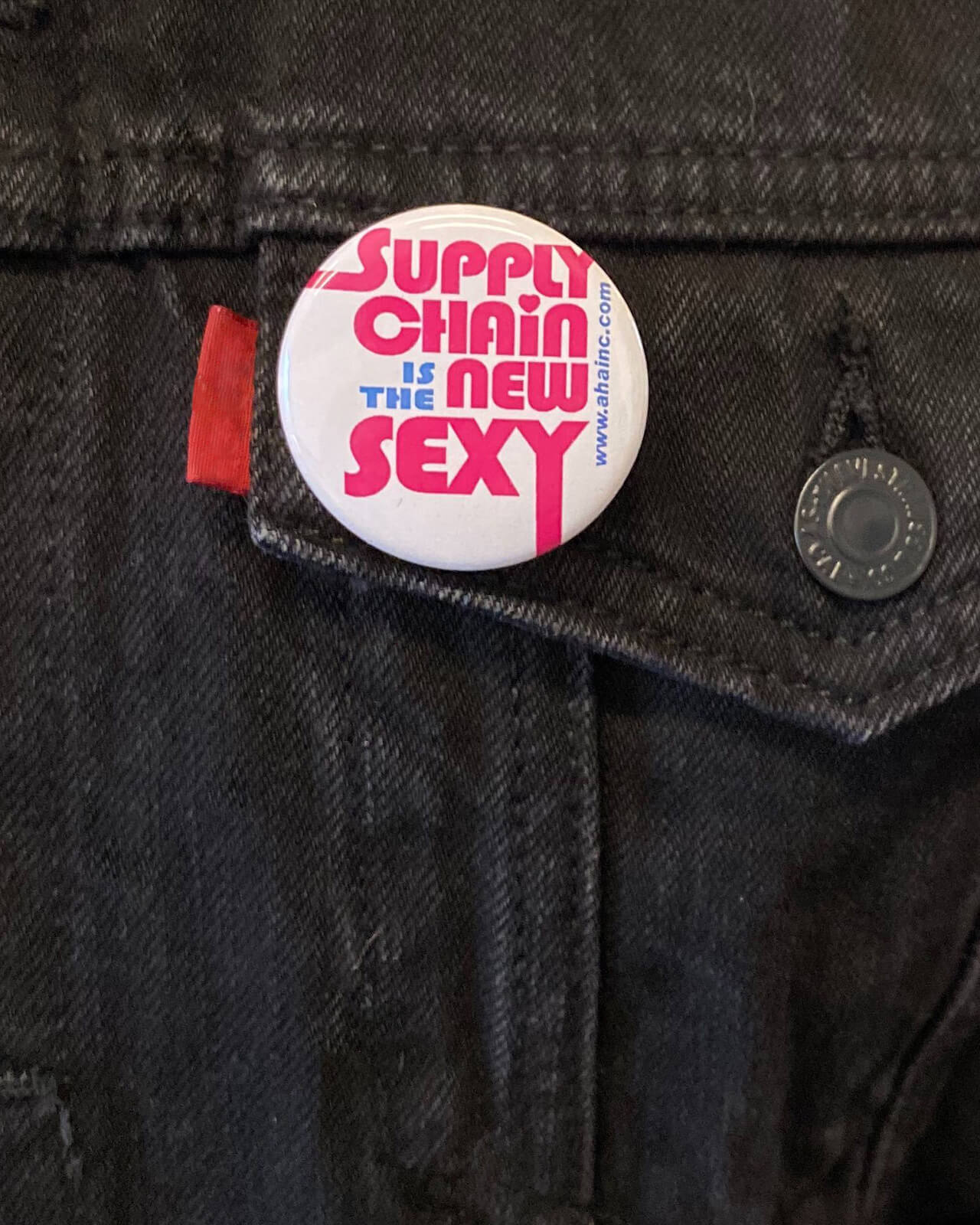Lessons from a year of listening
Chief Strategist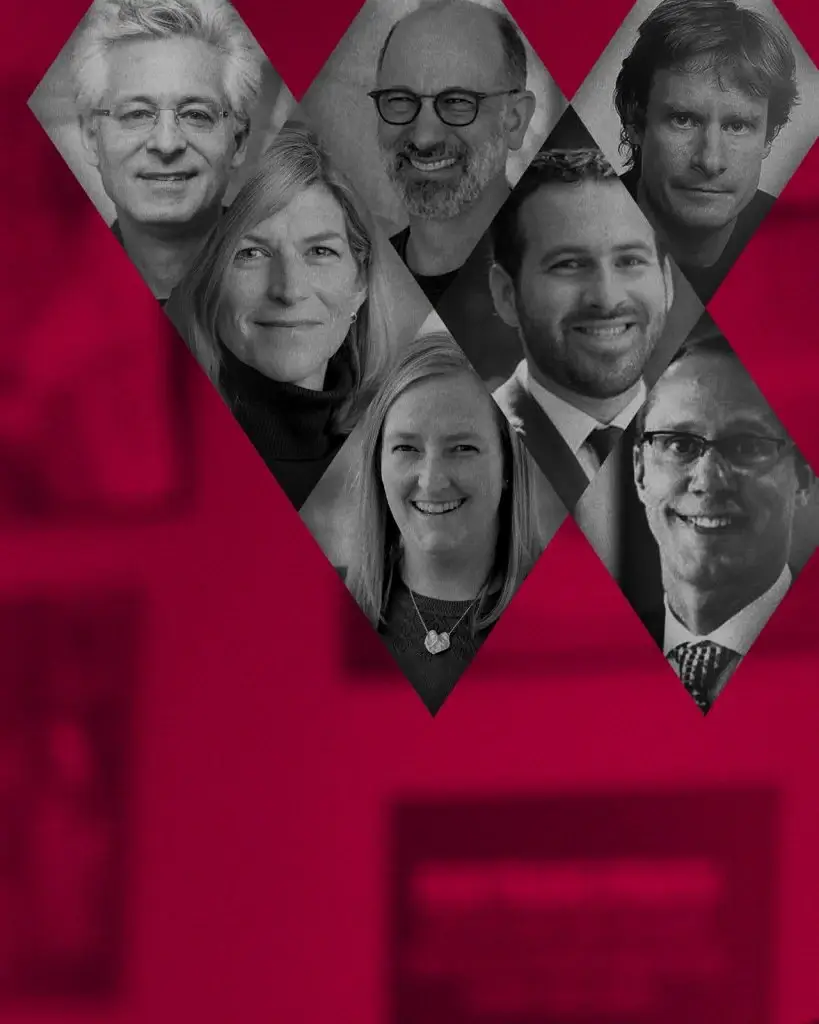
By Brian Lanahan and Nick Hiebert
In February 2020, we launched a series of monthly conversations with leaders in corporate responsibility and sustainability. The goal was to better understand what is changing. We wanted to hear about the gaps that are emerging from those charged with filling them—the curiosities and frustrations motivating change-makers and intrapreneurs and the practical wisdom they could offer to others in the trenches of change.
Here’s a summary of what we learned in a year of listening and what it might mean as we step into 2021.
The clock is ticking
When Letitia Webster, partner and chief sustainability officer at Mission Driven Capital Partners, talked with us just before the pandemic, she stressed the number of grains left in the hourglass.
“We’ve got 10 years to deliver on the Sustainable Development Goals. That’s 3,650 days,” she said. “You have to create a better option, something that makes the old option obsolete. The alternative has to be sexier, faster, tastier, easier, cheaper, and then social norms will change.”
Overall, we noticed sustainability leaders talking about time differently in 2020. There’s a growing sense of how little clock we have left to decarbonize products and services as climate change becomes a more pressing reality. The sustainability journey is now a race.
Time for a different kind of leader
Ari Alexander, who helped launch Salesforce Sustainability Cloud, believes this new sense of urgency is changing the day-to-day of sustainability leaders inside organizations. It’s not enough to be a policy expert; the main job now is harnessing enthusiasm, as employees across the organization ask how their work can accelerate sustainability.
“People like me, we’re washing ashore to a sustainability team saying, ‘I’m here to help!’ We’re coming in waves,” Alexander said. “The sustainability leader at a company is now in this new role of enlistment officer. They’re putting people to work based on all the expertise and all the things they’ve learned in the silo of sustainability to optimize all of the goodwill, all the work, all the expertise that exists across the company.”
Strategist Ed Cotton sounded a similar rallying cry for sustainability to seize the moment.
“Sustainability people need to stand up and say, ‘We are central to the business now,’ and start claiming their place,” he said. “For a long time, sustainability has been looking for external sources of authority. It shouldn’t be that we did a survey, and guess what, 70% of Millennials say they would rather buy from a brand that has a smart policy on social responsibility. The market shouldn’t be the impetus. The employment brand shouldn’t be the impetus. The survival of the business is the impetus.”
Policy is the new CSR
If 2020 taught us anything, it’s that we need government to play its role in setting standards and advancing social progress. This realization will cast a brighter light on how corporations affect government policy through lobbying and political contributions, according to Bill Weil, founder of ClimateVoice. It’s no longer enough for companies to manage their own footprints. Stakeholders increasingly want to see how you’re supporting public policies aligned with your stated goals. We’ve already seen hundreds of companies shift from just doing internal work to being strong advocates for equality and against discrimination in public policy. Now it’s time for a similar shift on climate policy.
Weil’s advice: “Align everything you’re doing as a company with a one-and-a-half-degree-of-warming future. That includes direct political contributions as well as PACs and super PACs, your lobbying, your trade association memberships.”
Cross-sector or bust
A related theme we heard about this year was the importance of partnership. Businesses are maturing and growing more sophisticated in the way they solve social and environmental problems. Part of that growing-up process in 2020 was the louder admission that the business community can’t always lead in solving previously intractable problems. They have to support the activists and experts who do this for a living.
Dave Rapaport, global social mission officer at Ben & Jerry’s, articulated the new playbook.
“Do you have staying power and are you partnering with people who know more than you?” he asked. “If you’re really after making true change, then you’re in it for the long haul and it’s not a one-off thing. And if you’re committing to actually see the change through, then you have to work closely with people whose life’s work is to make that change happen.”
A new role for business in society: You do you
The COVID-19 pandemic compelled many of our interviewees to scrutinize their work and the larger role business should play in society. Most agreed 2020 was a clarifying moment. Unexpected disruption forced companies to focus on what they do well and the real contributions they make in the world.
These lines from Jeff Senne, who oversees the Responsible Business Leadership program at PwC US, stuck with us—and offer a great way to frame strategic planning sessions in the year ahead.
“The most potent place for business to play is where we’re trying to scale good,” he said. “It’s about finding the intersection of business significance and societal significance, and layering onto that your ability to make change in an area. It should be tightly aligned to what your business does and the unique talents you can bring to bear.”
Stephanie Dolmat, who helps drive Adobe’s ESG efforts, echoed Senne’s sentiments. Adobe increasingly looks to solve issues “where we’re using our people and technology to bring new solutions to a problem that society sees as important,” she said. “You have to have a stake in it or you won’t be able to talk about it authentically.”
ESG goes to scale
Many on our panel noted how environmental, social and governance had reached a tipping point in 2020, driven by a new set of stakeholders: investors and the board. We thought the demand spike at Adobe was instructive.
“We’ve started getting clear signals from all of our stakeholders that this was becoming an important issue to them. It’s coming from all sides,” said Dolmat. “Nearly all of our shareholder calls have some component of ESG. Seventy-five percent of our RFPs that we respond to for our customers have requested ESG information from us. When you’re seeing those levels of demand, it’s not something that you can say, ‘Oh, that’s a nice-to-have.’ ESG has to be integrated into the way you do your business if you’re going to succeed.”
Weren’t we just saying that?
Several of our conversations touched on the vexations of communicating with employees in a way that can be heard, especially during the pandemic. Employees are universally more engaged in how their employers are responding to multiple crises, often revealing how little they know about existing CSR efforts. “A lot of the things employees asked us to do, we’re already doing; they just weren’t aware of it,” Senne noted.
Dolmat believes the answer is in approaching internal communications with the same rigor as external messaging. “I’m a big believer in message discipline from my days in politics: Know your core story and keep telling it in various ways,” she said. “I work closely with our marketing, communications and PR folks—they’re an integral component of our ESG and CSR team. Because it’s one thing to be doing the right thing, but if you can’t communicate that story to all of your various stakeholders, there’s likely to be a big disconnect.”
Inspiring conversations
In a year that shook the foundations of business, we were reminded of how much light we saw in the dark. Whether it was companies turning their environmental reporting burdens into essential products (Salesforce Sustainability Cloud) or businesses using their unique platforms to elevate pressing social issues (Ben & Jerry’s Who We Are: A Chronicle of Racism in America podcast), there was no shortage of inspiring storylines. The task—for all of us—is making sure these stories are told, learnings are shared and audiences become actors in the bold pursuit of a more prosperous, just and healthy world.
If you have a story you’d like to share with our community of professional problem solvers, please get in touch. We’re excited to keep this conversation going.





